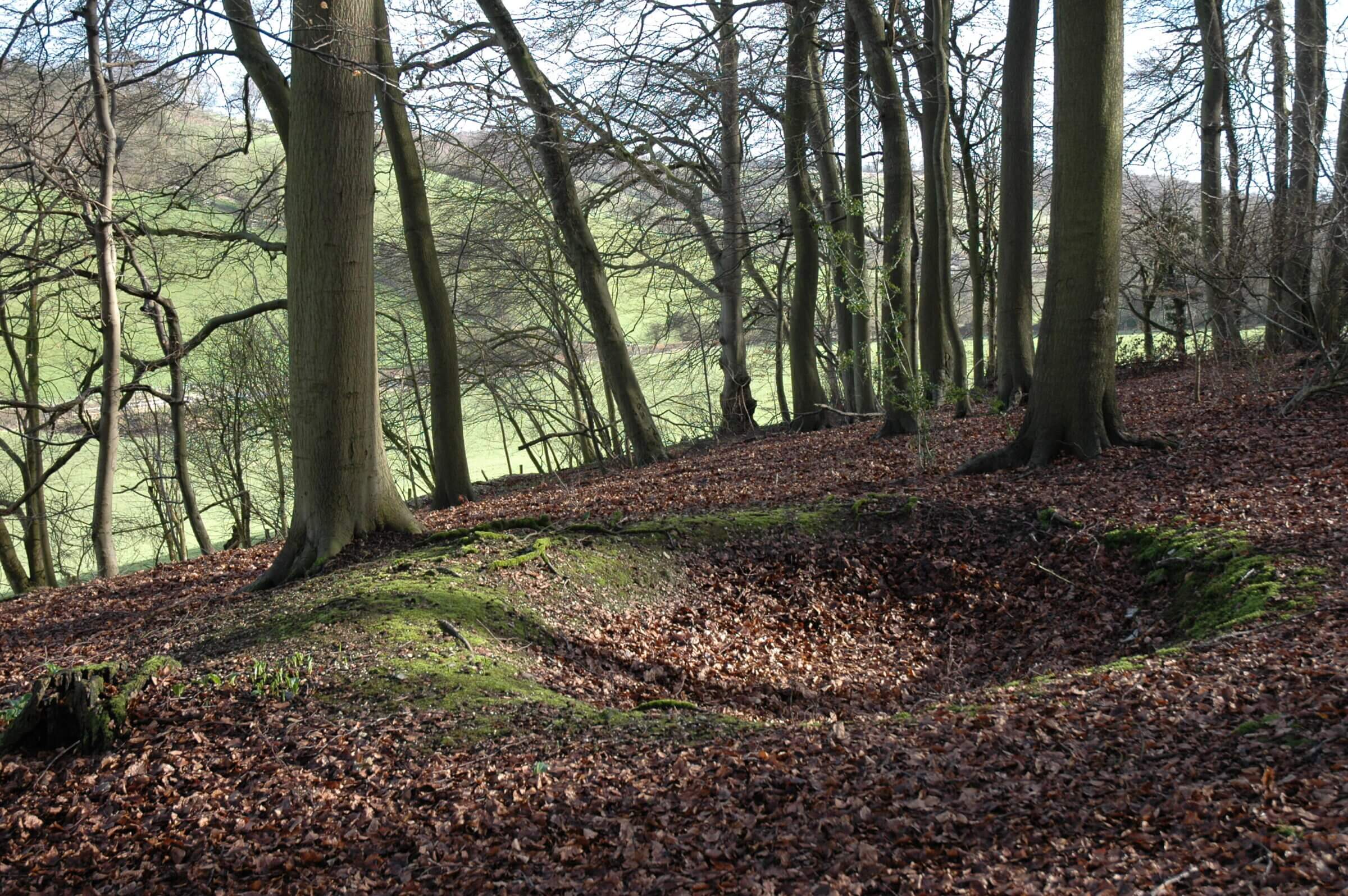Carpenters Wood – Saw Pits
The sawpits in Carpenters Wood are legacy of the region’s historical woodland management. These pits were essential to traditional timber processing, particularly before the widespread use of powered sawmills. They are scattered throughout the Chilterns woodlands, but they can be hard to spot unless you know what you are looking for!

In essence, a sawpit was a rectangular trench dug into the ground, typically about 6 to 8 feet deep, although the exact dimensions varied depending on local needs and timber sizes. These pits allowed workers – commonly referred to as the “top sawyer” and the “pit sawyer”- to efficiently saw large logs into planks or beams.
Their use was most prevalent during the 17th to early 19th centuries, when timber was in high demand for construction, shipbuilding, and furniture-making. By the mid 19th century, however, sawpits began to fall out of regular use with the advent of mechanised sawmills. These steam-powered innovations allowed felled trees to be processed more quickly and efficiently, and at central milling locations like High Wycombe instead of in the woods.
Despite being our of use for more than 150 years, their footprints can still be found across the Chilterns. Sawpits are often little more than shallow depressions in the ground now, blending into the woodland floor. They might be mistaken for a small chalk extraction pit or a ‘tree throw’ where a large tree has blown over. But if you look closely you can see the regular edges and rectangular shape, even if the lines are now softened by erosion. They offer us a glimpse into a once-thriving industry that shaped both the physical and cultural landscape of the Chiltern Hills.

Watch the Video
Heritage Trails
This is one of four ‘Routes to the Past’ circular walks, made possible by The National Lottery Heritage Fund. You can find the other trails on the main Chilterns Interactive Map, under ROUTES.
Each trail has four waymarkers with unique stories to tell – Find the other Carpenter’s Wood trail markers and scan their stories at the locations shown here.



